15 Ways to Protect Your Home This Winter Before It Snows, According to Experts
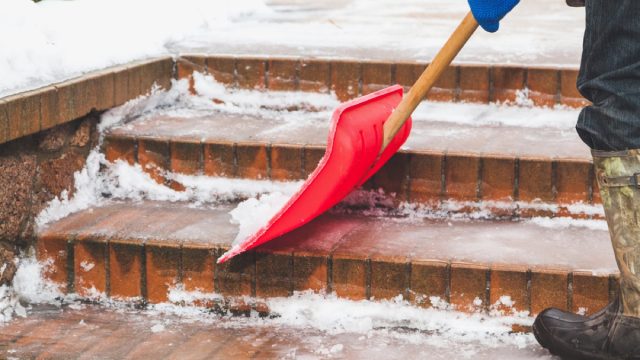
The days are getting shorter, the temperature’s dipping, and before you know it, winter will be here. Though every season comes with its fair share of frustrations, the winter is definitely the worst for your home. Between camouflaged patches of black ice and snowstorms that take out the power for days, the chilliest season wreaks havoc on houses nationwide. If you want to keep your home—and all the people and things in it—safe this winter, it’s time to start checking these essential maintenance tasks off your to-do list before the first snow falls.
1
Fill in any gaps around your windows or doors.
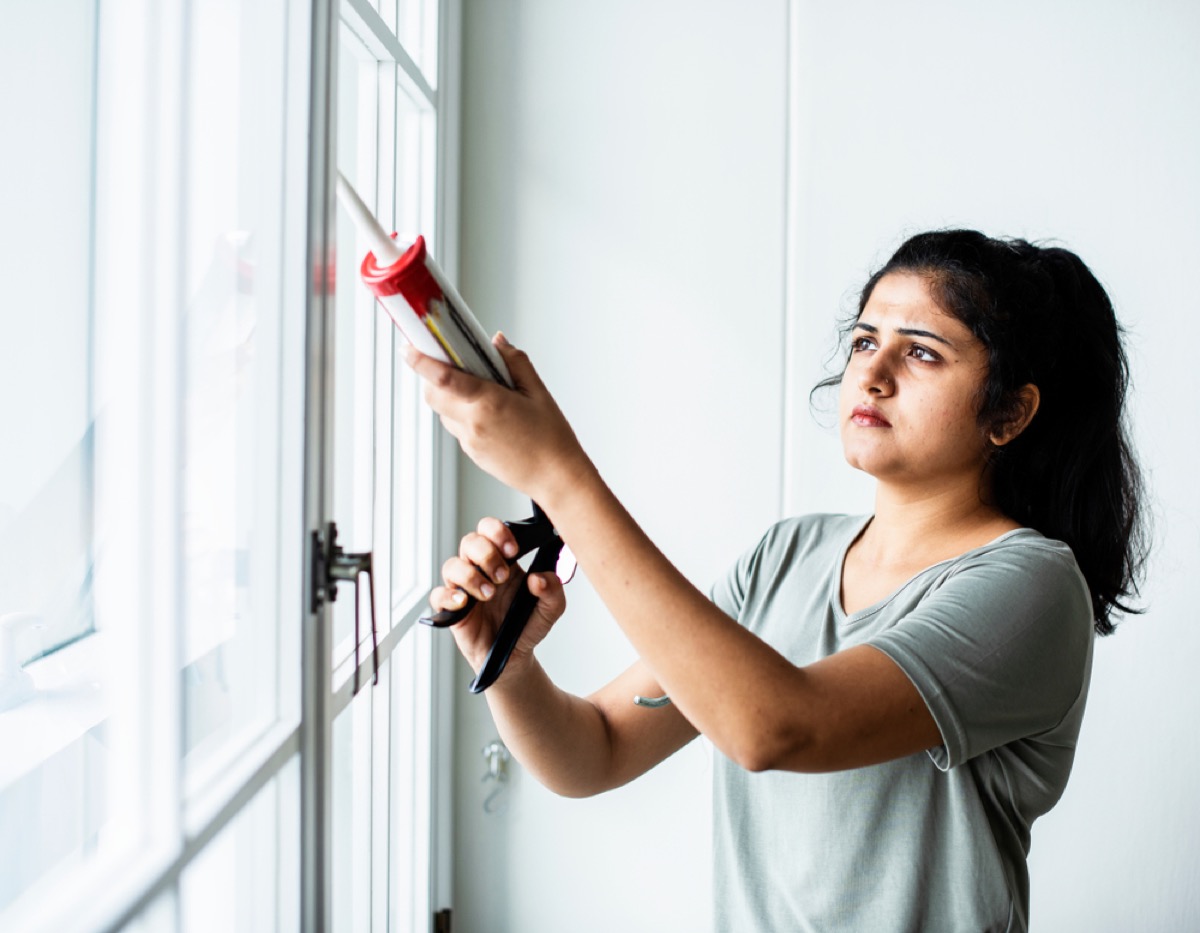
Those small cracks in your doorways and windows might not seem like a big deal, but in the wintertime, they give the warm air circulating in your home a means of escape, explains Jack White, vice president of technical services at Rainbow International, a Neighborly company specializing in water damage, fire damage, and mold restoration. On top of that, those cracks can significantly drive up your heating bill, as well.
Before the temperature drops too low, inspect all of the entrances and exits in your home where air might be able to escape—and should you find any cracks, make sure to repair them with either caulking (in the case of something stationary like a doorframe) or weather stripping (in the case of something moving like a window or door).
2
Remove any debris from your gutters.
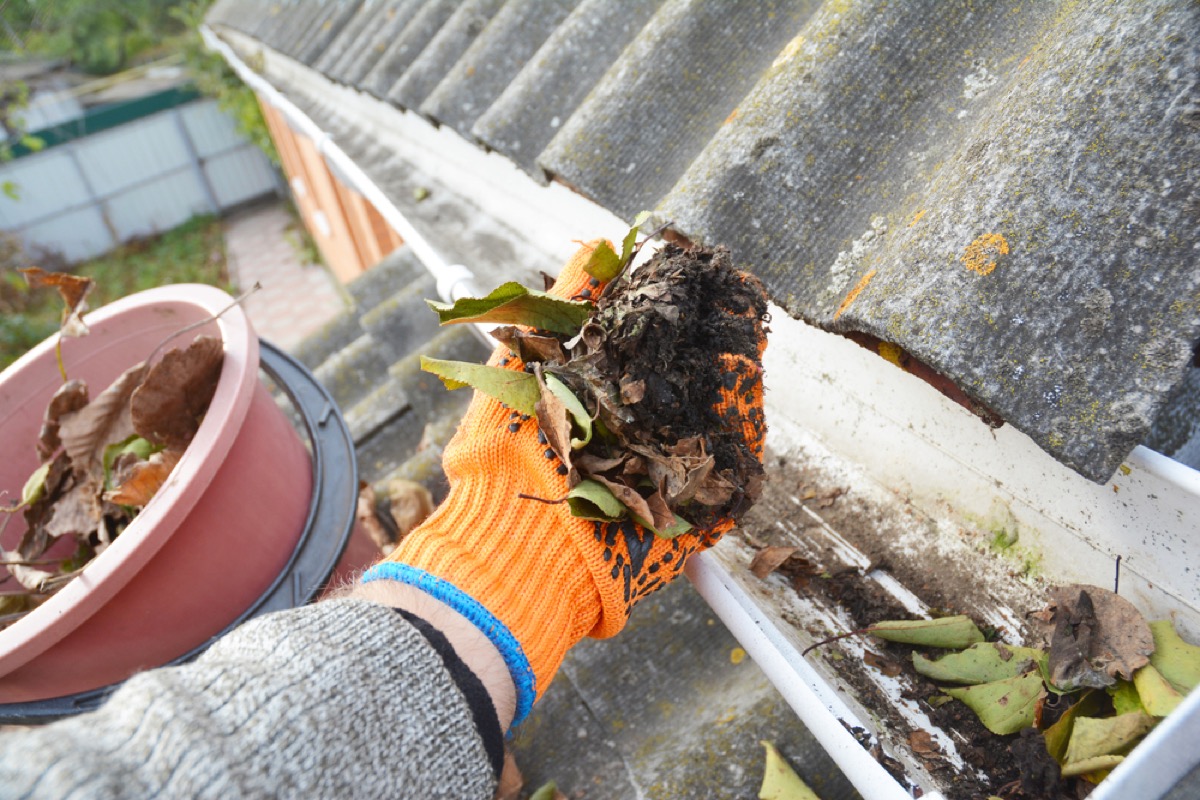
Before a big storm hits your area and covers your house in snow, make sure that your gutters are free of any and all debris or you could find yourself with a costly repair in your future.
“Ice dams can form when gutters and drains clog and can cause water to back up and freeze, which often leads to water seeping into homes,” explains White.
So, what signs of damage should you be keeping an eye out for? “Look for leaks and misaligned pipes in gutters and make sure downspouts are carrying water away from the foundation,” says White. Considering that it can cost thousands to have a room’s drywall or plaster removed and replaced, keeping those gutters clean can be a huge money saver in the long run.
3
Shrink-wrap your windows.

If you want to keep your home warm and prevent water from getting inside this winter, it’s time to head to your local hardware store for some window film.
These kits “usually include plastic shrink film that is applied to the indoor window frame with double-stick tape, and [is] then heated with a hair dryer to shrink the film and adhere to the glass,” explains Glass Doctor franchisee Kevin Tennant. He notes that this is particularly important for underground areas, like basements, as well as uninsulated portions of the home.
4
Remove any window unit air conditioners.
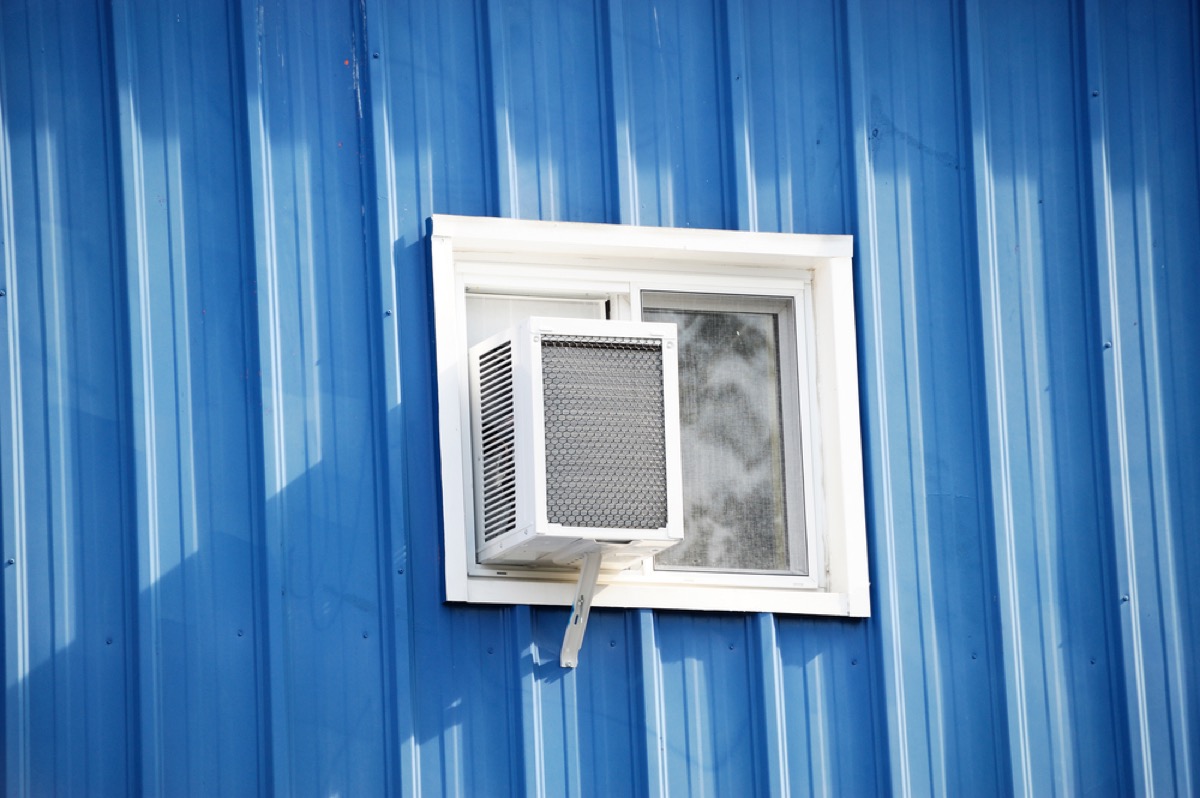
While it may seem obvious, if you haven’t yet removed your window unit air conditioners, now’s the time to do it, says Mark Dawson, COO of Mister Sparky Electric. Not only do window units allow a significant amount of warm air to leak out of your home, when piled with snow, they can become unstable, potentially weighing on—and causing damage to—your siding. Plus, if they’re not securely in place, they could fall, harming anything beneath them or anyone passing by.
5
Cover any exposed pipes with insulation.
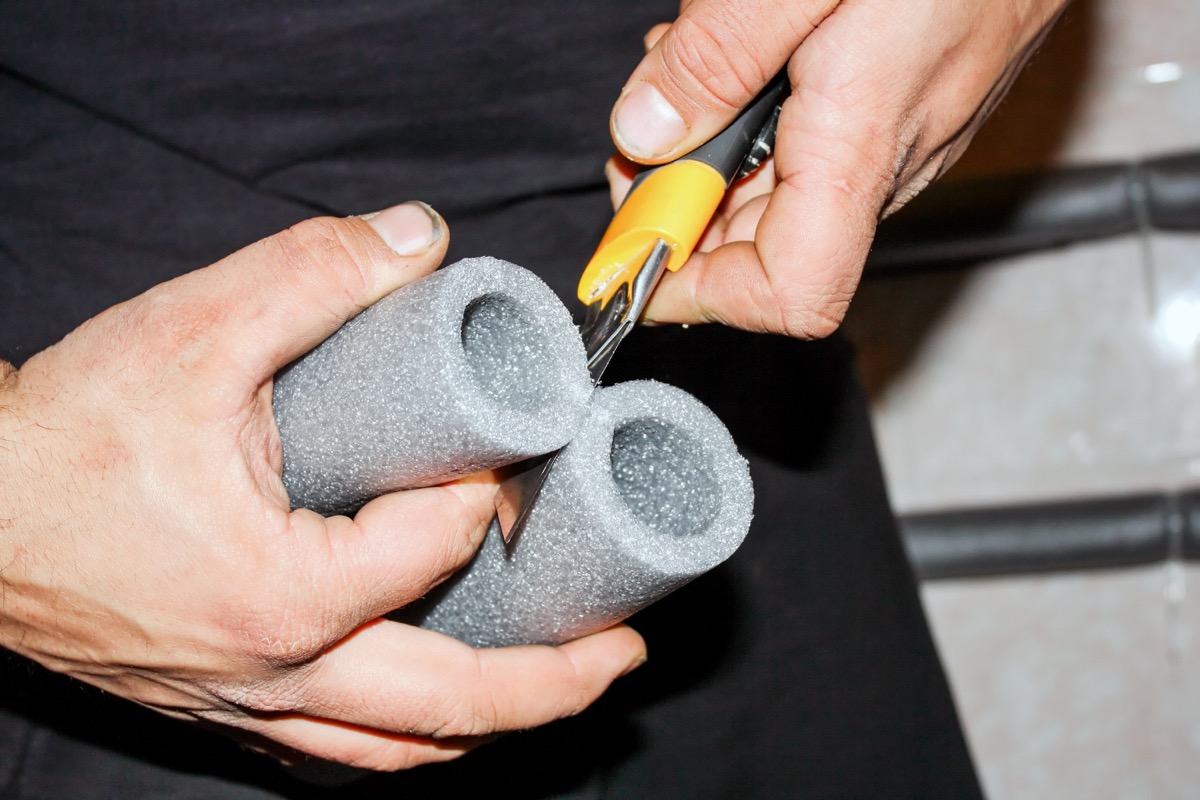
In any part of your house where heating is sparse, like garages and crawl spaces, it’s important to make sure that your pipes are protected with insulation.
“Use heat tape around pipes that are prone to freezing,” suggests Doyle James, president of Mr. Rooter Plumbing, a Neighborly company. Should you decide not to insulate, the water inside of your pipes could freeze, causing them to expand, crack, and burst. The result? Water damage, the development of potentially-toxic mold, and even flooding.
6
Disconnect your hose.

Before you find yourself stuck with expensive water damage to clean up, make sure you’ve disconnect the hose from the outside of your house.
“If left connected, the hose can freeze, expand and cause connected indoor pipes to burst,” explains James.
7
And drain your outdoor water lines.
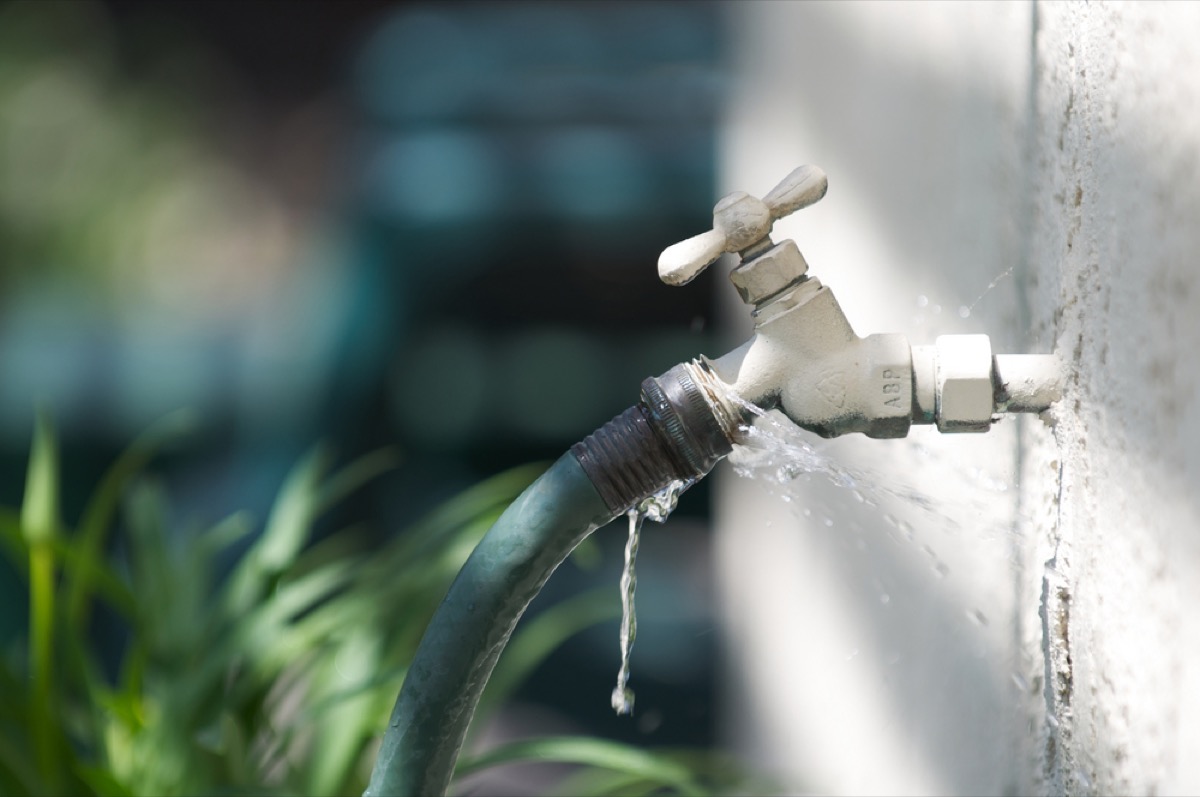
Just because you’ve disconnected your hose doesn’t mean you’re safe from leaks. To ensure you won’t have frozen pipes and leaks to deal with this winter, “shut off the water valves for outdoor spigots if you have them and drain water from your outdoor water lines,” says James.
8
Have your fireplace serviced.
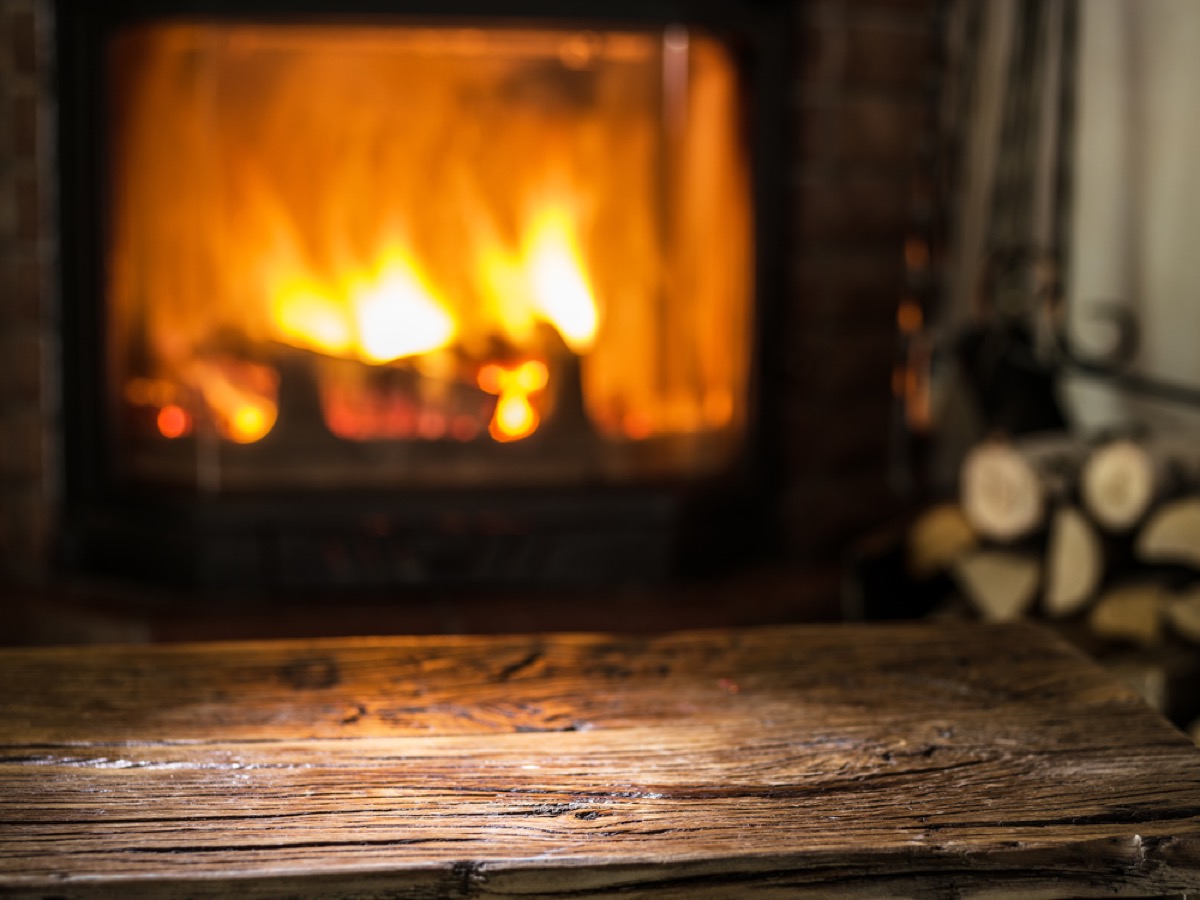
Be sure to get your fireplace checked before the holidays to ensure proper ventilation. Prior to lighting the first fire in your fireplace this season, make sure you’ve had it inspected and cleaned by a professional—or you could be inadvertently putting yourself in danger.
“Dirty, blocked, cracked, and leaking chimneys, flues, and venting can result in the release of fireplace pollution in your home, as can improperly installed or incorrectly maintained components,” explains Richard Ciresi, a Louisville-based franchise owner of Aire Serv, a Neighborly company.
9
Check your roof for any damage.
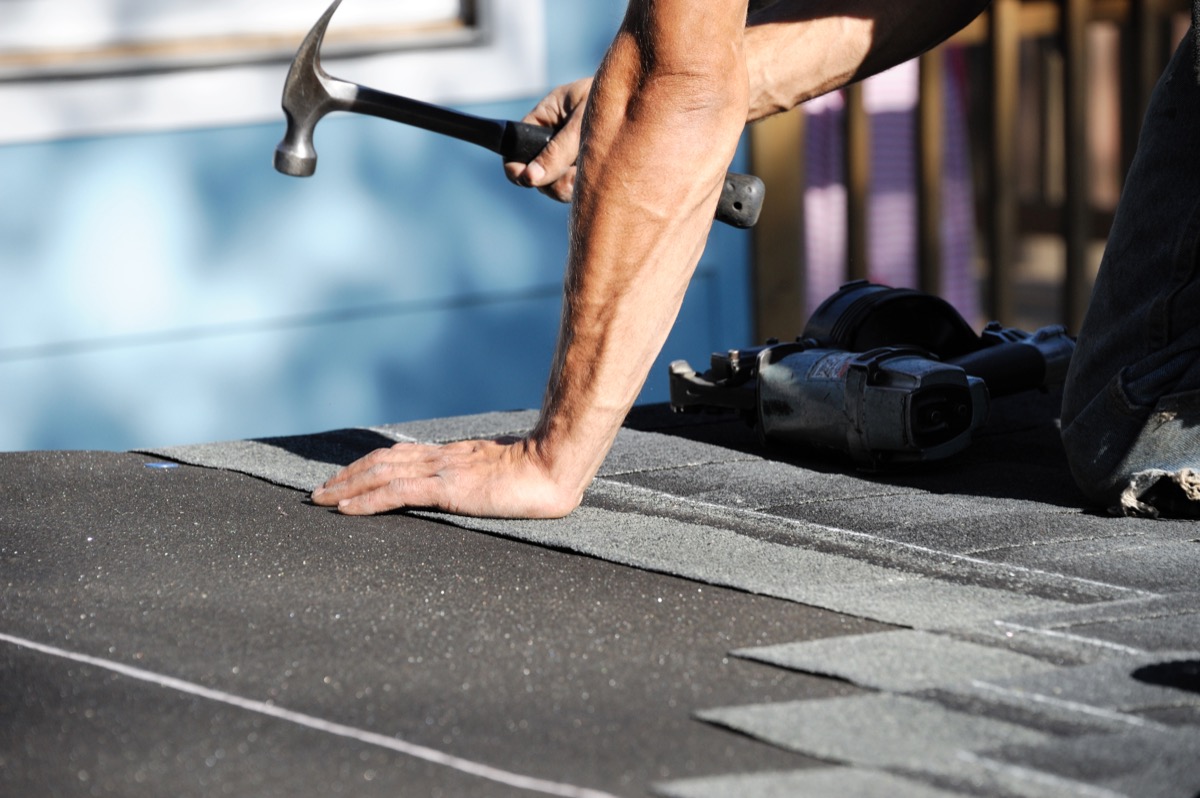
Grab a ladder and climb up onto your roof to check for any missing or damaged siding or flashing. According to the United States Automobile Association (USAA), ignoring any damage “can let water and ice into your home,” so it’s best to take care of any roof repairs before the first snowfall.
10
And add a roof rake to your shopping list.
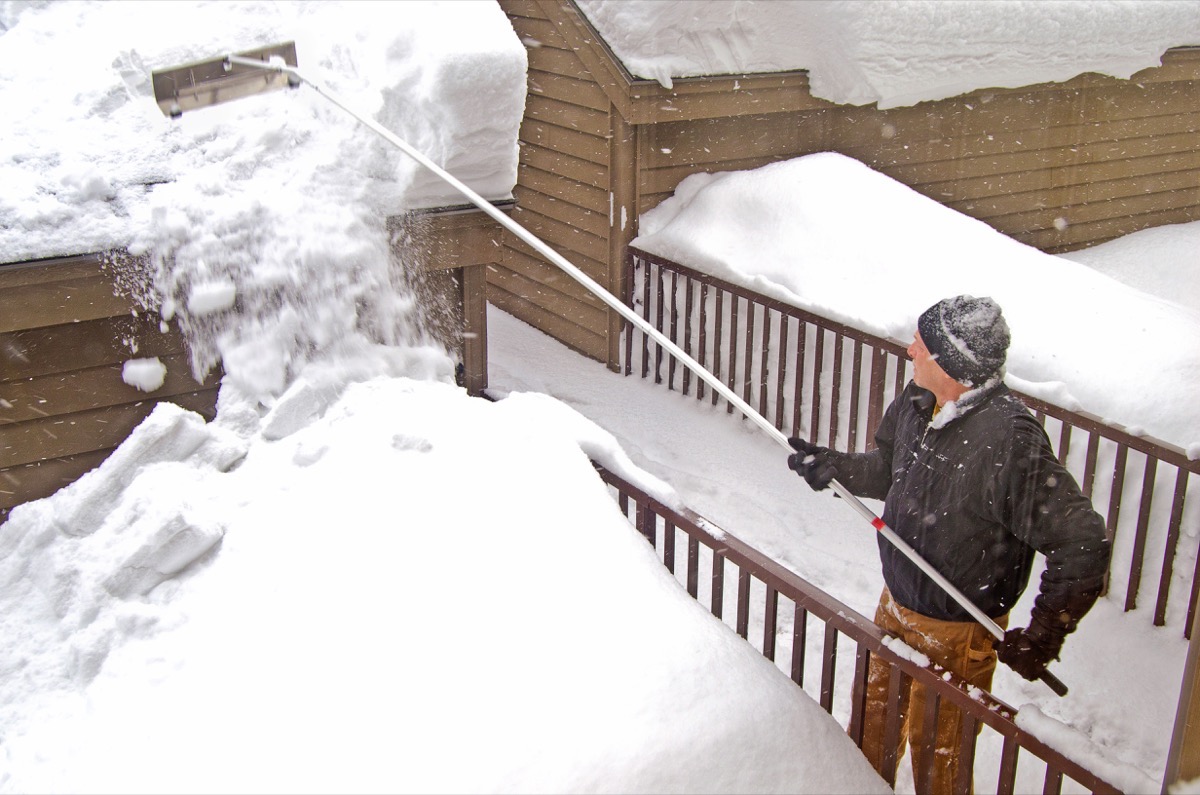
According to the Insurance Institute for Business & Home Safety via USA Today, the average roof can hold about four feet of fresh snow before it starts to surrender. However, fresh snow piles up quickly, so it’s important to make sure you’re scraping it off and preventing any serious roof damage before it starts. And the one tool that’ll help you do just that? A roof rake, of course.
11
Make sure your attic is properly ventilated.
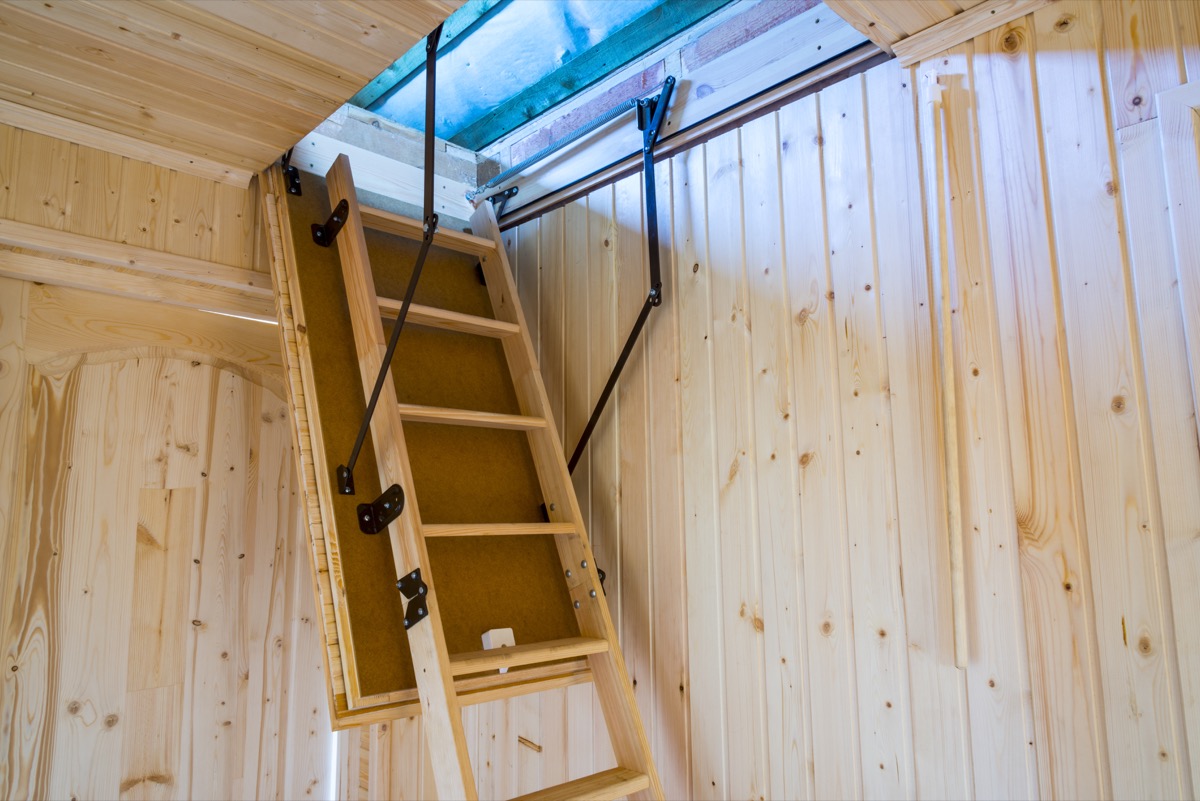
Think keeping your attic warm all winter will help you fend off winter’s worst? Think again. “A warm attic can contribute to ice dam damage by causing snow to melt in the middle of your roof and drain toward the gutters where it may refreeze,” according to the experts at American Home Shield. In order to keep your attic cool, the home warranty company recommends sealing any cracks or holes in the ceiling so as to avoid any heat from the home leaking into the attic (and, thus, the roof).
12
Insulate the attic floor.
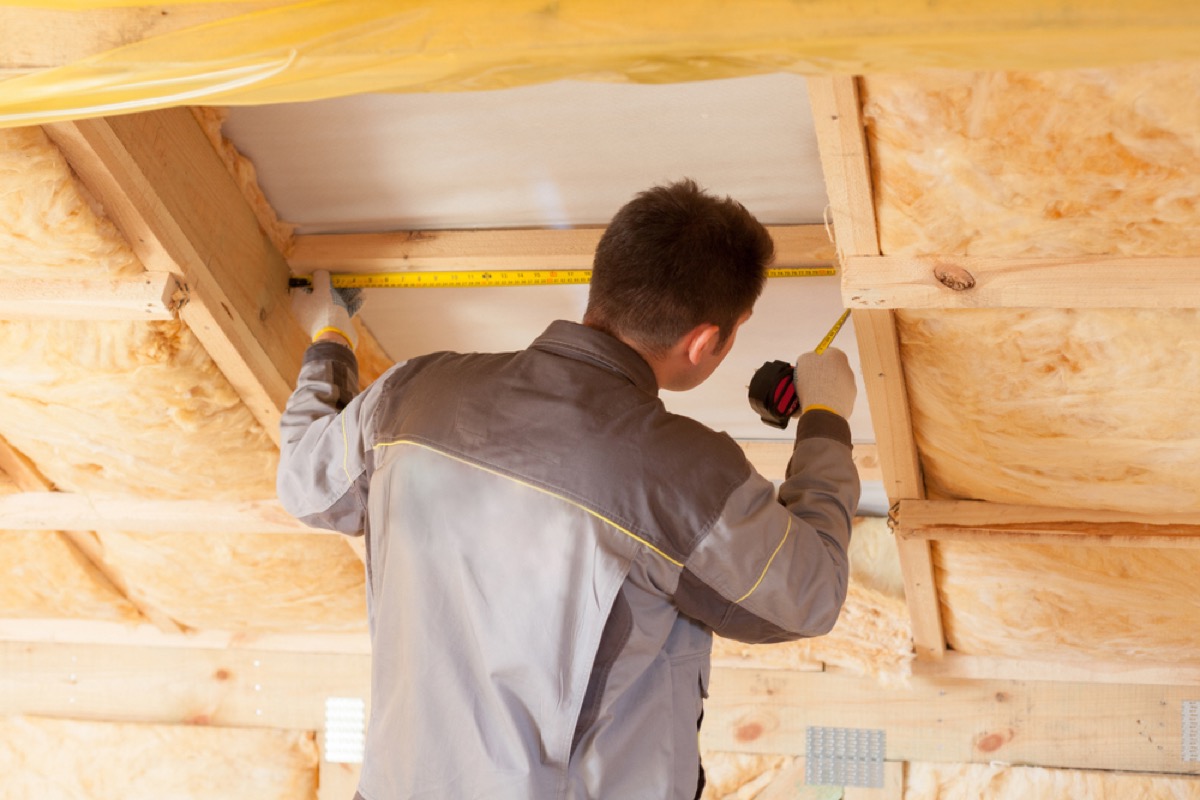
While insulating your attic ceiling may seem like a no-brainer, insulating your attic floors is just as important when it comes to home winter prep. Like proper ventilation, insulating your attic floors can also help you ensure that the attic maintains a cool temperature and that the melting snow on your roof doesn’t turn into a pesky ice dam.
13
Blast the heat—even when you’re out.

In the dead of winter, don’t turn off the heat when you leave the house for the day. You might not be at home to enjoy the warmth of your thermostat, but turning down the heat could leave your pipes vulnerable to freezing and bursting.
14
Keep the faucets dripping.

While it may seem counterintuitive, keeping the water running when the temperature dips can actually keep water from freezing inside them. When the outside temperature drops to below freezing, make sure to keep cold water dripping from any faucets that rely on pipes running outside. Keeping the water on—even at such a minuscule level—can help prevent the liquid in the pipes from freezing and causing the pipes to leak or burst.
15
Trim away any dead tree branches.
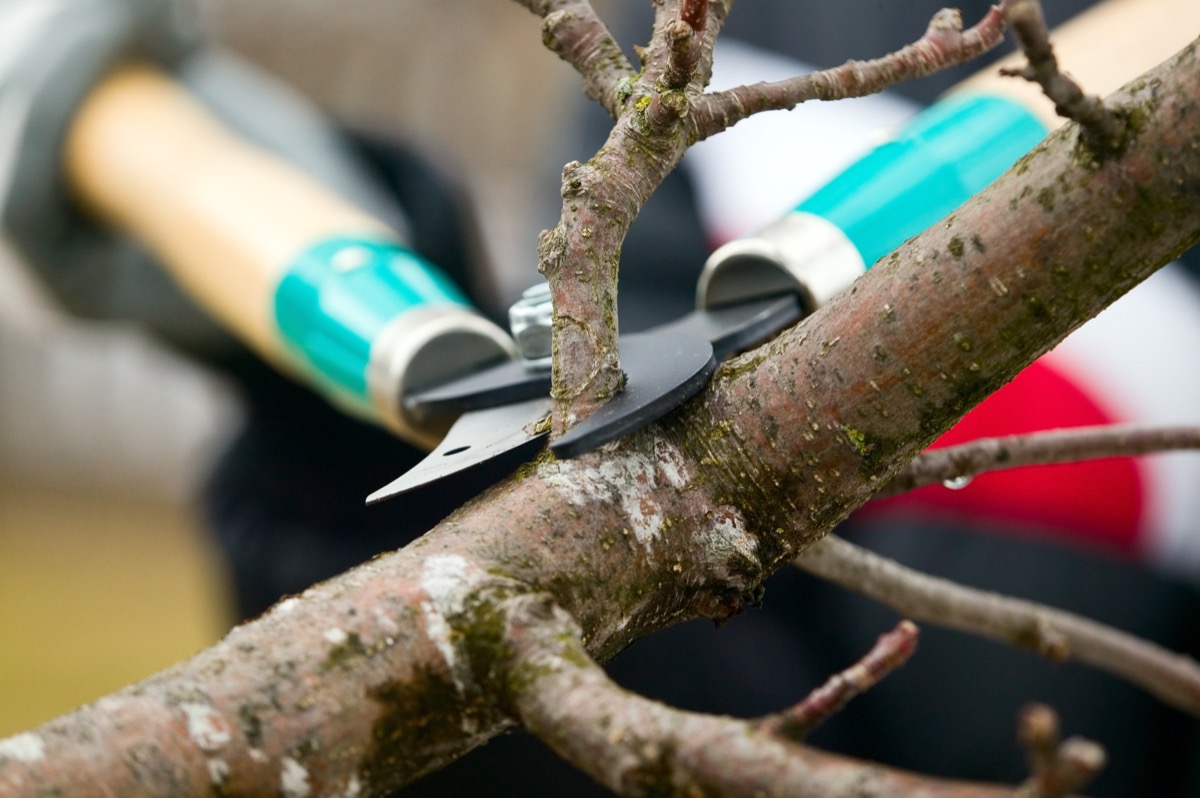
All it takes is one heavy snowfall for that brittle branch looming over your roof to come crashing down onto your house—and the bigger the branch, the more expensive the repairs. If you want to avoid a costly repair situation, then it’s best to trim off any dead tree branches surrounding your house before the heavy snow and ice hits, making them less likely to cause damage to your home—or harm you when you’re outside.